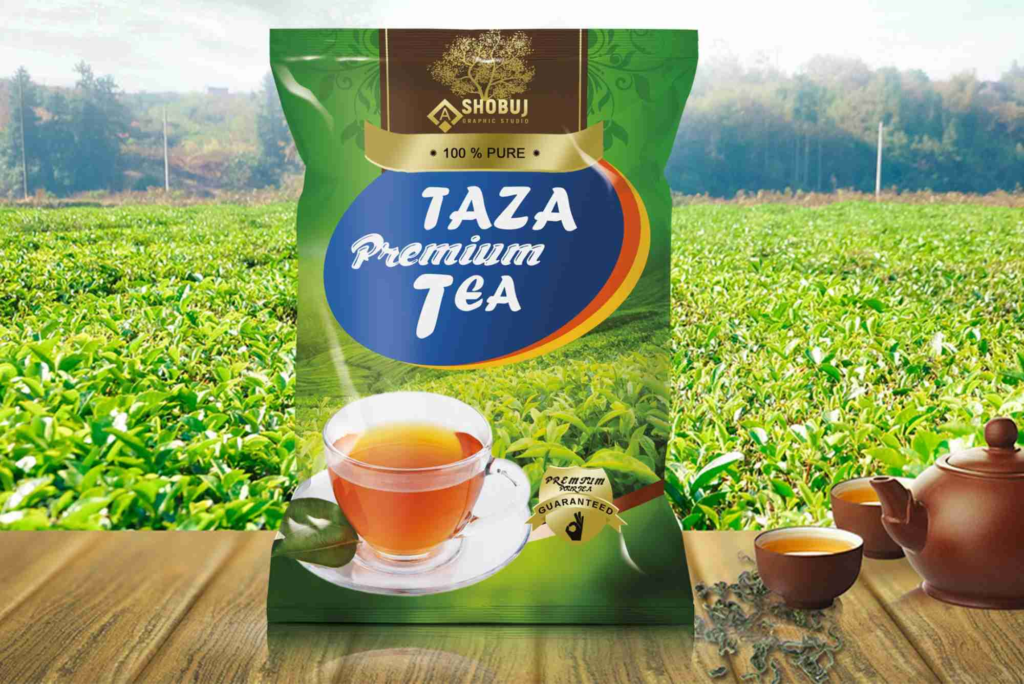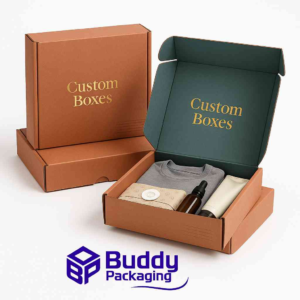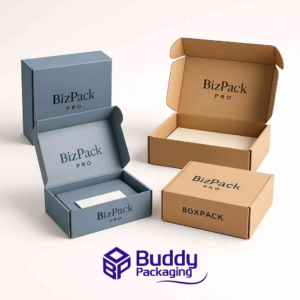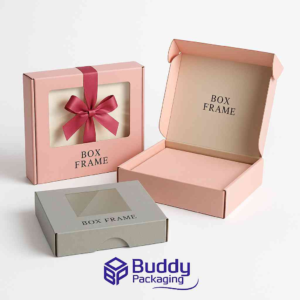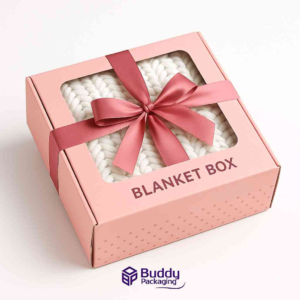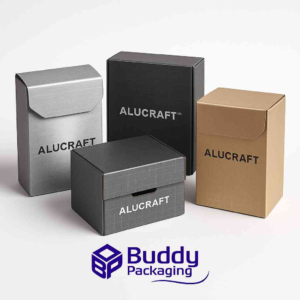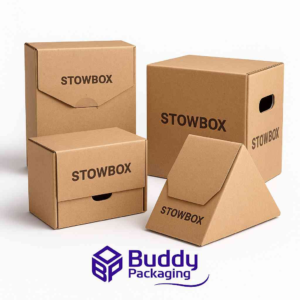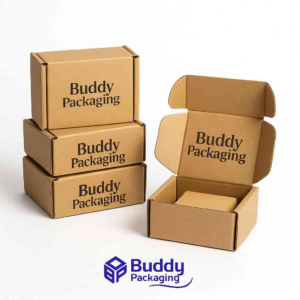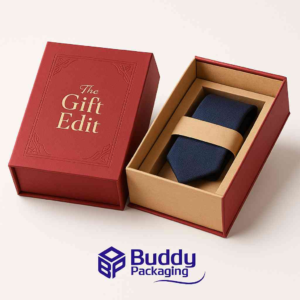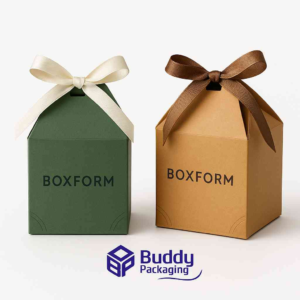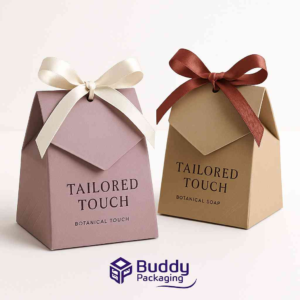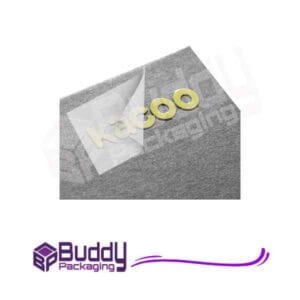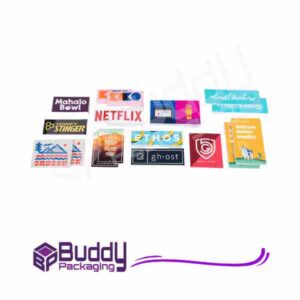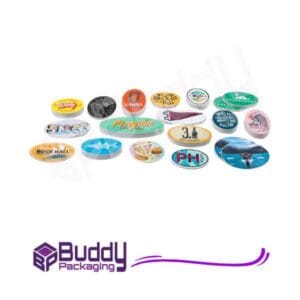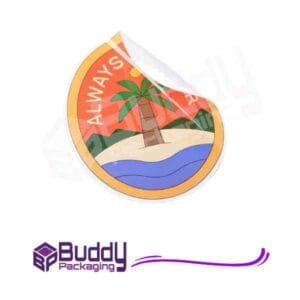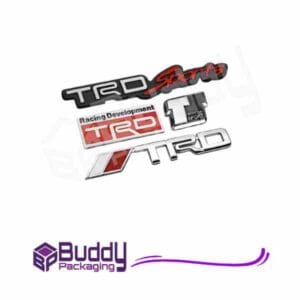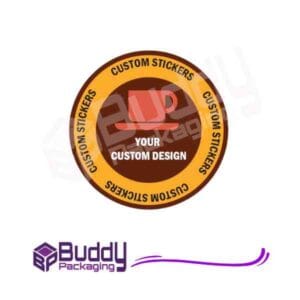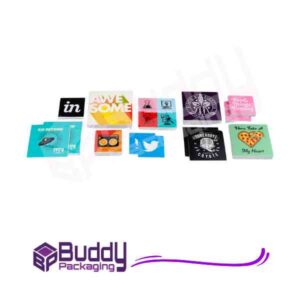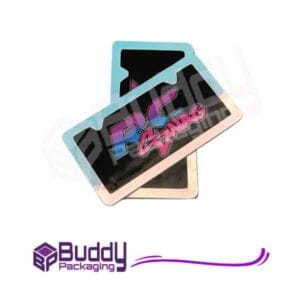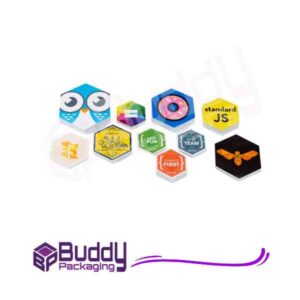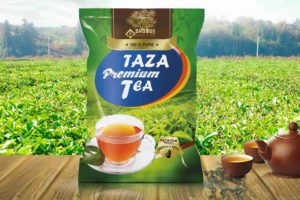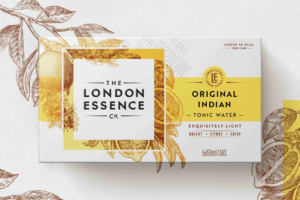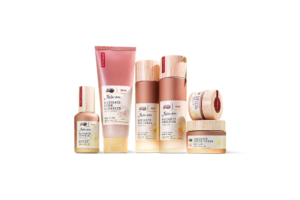Introduction
In today’s competitive beverage market, tea packaging design plays a vital role in shaping a brand’s identity and influencing consumer choices. Whether you sell loose-leaf blends, herbal infusions, or premium organic teas, the packaging is often your first opportunity to impress potential buyers. A well-thought-out tea packaging design not only preserves freshness but also communicates your brand’s story, values, and quality.
The evolution of tea packaging has gone far beyond simple functionality. Modern tea brands focus on aesthetics, sustainability, and storytelling to connect emotionally with their audience. From minimalist eco-friendly pouches to luxurious metal tins with custom prints, every design decision matters in determining how consumers perceive your product.
The Importance of Tea Packaging Design
Tea packaging design does more than protect the product—it sets expectations for quality and creates a lasting impression. The colour palette, typography, materials, and layout all influence how customers interpret your brand’s message. A visually appealing design can make your tea stand out on a crowded shelf and prompt impulse purchases.
Additionally, packaging affects how consumers experience your tea even before tasting it. When someone sees a beautifully designed box or pouch, it signals care, attention, and authenticity. Consistency in design across your product line also builds brand trust and recognition, turning first-time buyers into loyal customers.
Key Elements of Effective Tea Packaging Design
Brand Identity and Storytelling
Every tea brand has a unique story. Whether inspired by traditional tea culture or modern wellness trends, your packaging should reflect that narrative. Using cultural motifs, elegant typography, or hand-drawn illustrations can reinforce your brand’s authenticity and help customers feel emotionally connected.
For example, a brand rooted in Asian heritage might use subtle calligraphy or bamboo textures, while a modern organic label may prefer minimalist white backgrounds and earthy tones. Your story must shine through the design in a way that resonates with your audience.
Material Selection and Sustainability
Sustainability has become a core focus in tea packaging design. Modern consumers care deeply about eco-friendly materials that align with their environmental values. Recyclable paper, biodegradable films, and reusable tins are now popular choices. Sustainable packaging not only appeals to conscious buyers but also reflects your brand’s responsibility toward the planet.
When developing your packaging, consider the tea’s preservation needs. Loose-leaf teas require airtight packaging to prevent oxidation and moisture exposure. Foil-lined paper pouches, resealable bags, or double-lid tins maintain freshness while offering convenience and style.
Visual Appeal and Typography
The visuals on your tea packaging are your silent salesperson. Eye-catching graphics, balanced colours, and legible fonts work together to make your product irresistible. Avoid cluttered designs—simplicity often conveys sophistication.
Typography plays a significant role in readability and emotional tone. Serif fonts often evoke tradition and elegance, while sans-serif fonts convey modernity and minimalism. Choose fonts that complement your logo and enhance the overall aesthetic.
Functionality and User Experience
While visual design captures attention, functionality retains customers. Easy-to-open seals, resealable tops, and clear labeling improve the user experience. Transparent windows that reveal the tea leaves can also create trust and curiosity.
Functional design should never compromise aesthetics. Instead, the two should harmonize to create a package that’s both beautiful and practical. Innovative structures like pyramid boxes, cylindrical tins, or magnetic closures add a touch of sophistication and uniqueness.
Print and Finishing Techniques
Advanced print & finishing insights can take your tea packaging to the next level. Techniques such as embossing, foil stamping, matte lamination, or UV coating create tactile and visual interest. Gold or silver foils, for instance, can communicate luxury and premium quality.
Custom printing allows you to experiment with textures, gradients, and specialty inks that enhance your brand presence. Investing in professional printing ensures your colours remain consistent across batches, maintaining a strong visual identity.
The Role of Custom Packaging in Tea Branding
Customised packaging is a strategic way to differentiate your tea brand. With Custom Packaging solutions, you can design boxes or pouches that perfectly match your product’s size, shape, and aesthetic. Customisation enables you to feature brand colours, unique patterns, and distinctive logos that tell your story at a glance.
Personalised packaging also enhances customer loyalty. Limited edition designs for festive seasons or collaborations can generate excitement and boost repeat purchases. By offering a tactile unboxing experience, you create a moment that customers remember and share online—amplifying your marketing reach organically.
Trends Shaping Modern Tea Packaging Design
Tea packaging trends evolve constantly, reflecting global shifts in consumer preferences and technology. Here are some directions leading the market today.
Minimalist Aesthetics
Minimalism continues to dominate, especially among premium and wellness-oriented brands. Clean lines, muted colours, and uncluttered layouts communicate sophistication and purity. This style resonates with modern consumers seeking calmness and simplicity in an overstimulated world.
Eco-Friendly Innovations
Sustainability is not just a trend—it’s a movement. Brands are adopting compostable films, biodegradable inks, and plastic-free labels. Using recycled cardboard or plant-based materials demonstrates environmental commitment while maintaining premium appeal.
Interactive and Smart Packaging
Digital technology has entered the tea packaging world. QR codes linking to brewing guides, origin stories, or loyalty programs enhance customer engagement. Smart packaging helps brands connect with tech-savvy consumers while offering valuable educational content.
Luxury and Craftsmanship
Premium tea brands often emphasize craftsmanship through intricate illustrations, foil accents, or handcrafted labels. This approach targets discerning consumers who value artistry and exclusivity. The tactile feel of a well-crafted box can create an unforgettable first impression.
How Tea Packaging Design Impacts Sales
Good design sells. Studies show that over 70% of purchase decisions are influenced by packaging. When a tea package conveys quality and care, it builds immediate trust. Attractive packaging increases shelf visibility, while consistent branding enhances recall value.
Packaging design also affects pricing perception. A luxurious, high-quality design can justify premium pricing, while a poorly designed one might undervalue an otherwise excellent product. Therefore, investing in professional design isn’t just aesthetic—it’s a business decision that drives profitability.
Real-World Example: Buddy Packaging
For tea brands looking to bring creative packaging ideas to life, professional support is invaluable. Buddy Packaging Location offers specialized packaging services that cater to tea businesses of all sizes. Their custom solutions balance design innovation with functionality, ensuring your packaging stands out in both online and retail environments.
From concept development to final production, working with experienced packaging specialists ensures that every aspect of your design—structure, printing, and materials—aligns with your brand vision.
Common Mistakes to Avoid in Tea Packaging Design
Many tea brands struggle to find the perfect balance between creativity and practicality. Avoiding a few common errors can save you time and money.
One mistake is ignoring the target audience. A youthful, modern audience may prefer vibrant designs, while traditional tea drinkers might favor classic tones. Inconsistent branding across different flavors or product lines can also confuse consumers.
Another pitfall is prioritizing aesthetics over usability. If the package is hard to open or doesn’t preserve freshness, customers will likely switch to a more user-friendly option. Lastly, overlooking labeling regulations or omitting key product information can hurt credibility.
Designing Tea Packaging That Delivers
Tea packaging design is both an art and a science. It combines creativity, psychology, and practicality to create an experience that delights customers from the first glance to the final sip. The right design not only protects your tea but also elevates your brand and increases sales.
If you’re ready to transform your packaging and give your tea brand the attention it deserves, explore professional solutions through Custom Packaging. With expert print & finishing insights and a trusted Buddy Packaging Location, you can create tea packaging that truly stands out on every shelf and in every cup.
FAQs
What makes a good tea packaging design?
A good tea packaging design combines visual appeal, functionality, and sustainability. It should reflect your brand’s identity while keeping the tea fresh and easy to use.
How can I make my tea packaging eco-friendly?
Use recyclable paper, biodegradable films, and soy-based inks. Opting for minimal plastic and reusable containers also enhances sustainability.
Why is custom packaging important for tea brands?
Custom packaging allows brands to express uniqueness through tailored sizes, colours, and graphics. It builds brand recognition and improves the unboxing experience.
What materials are best for tea packaging?
Foil-lined paper, metal tins, kraft paper pouches, and compostable films are excellent for maintaining freshness and showcasing eco-consciousness.
How does packaging influence tea sales?
Eye-catching designs draw attention, while clear branding and quality materials foster trust. Consumers often associate beautiful packaging with premium quality, leading to higher sales.

